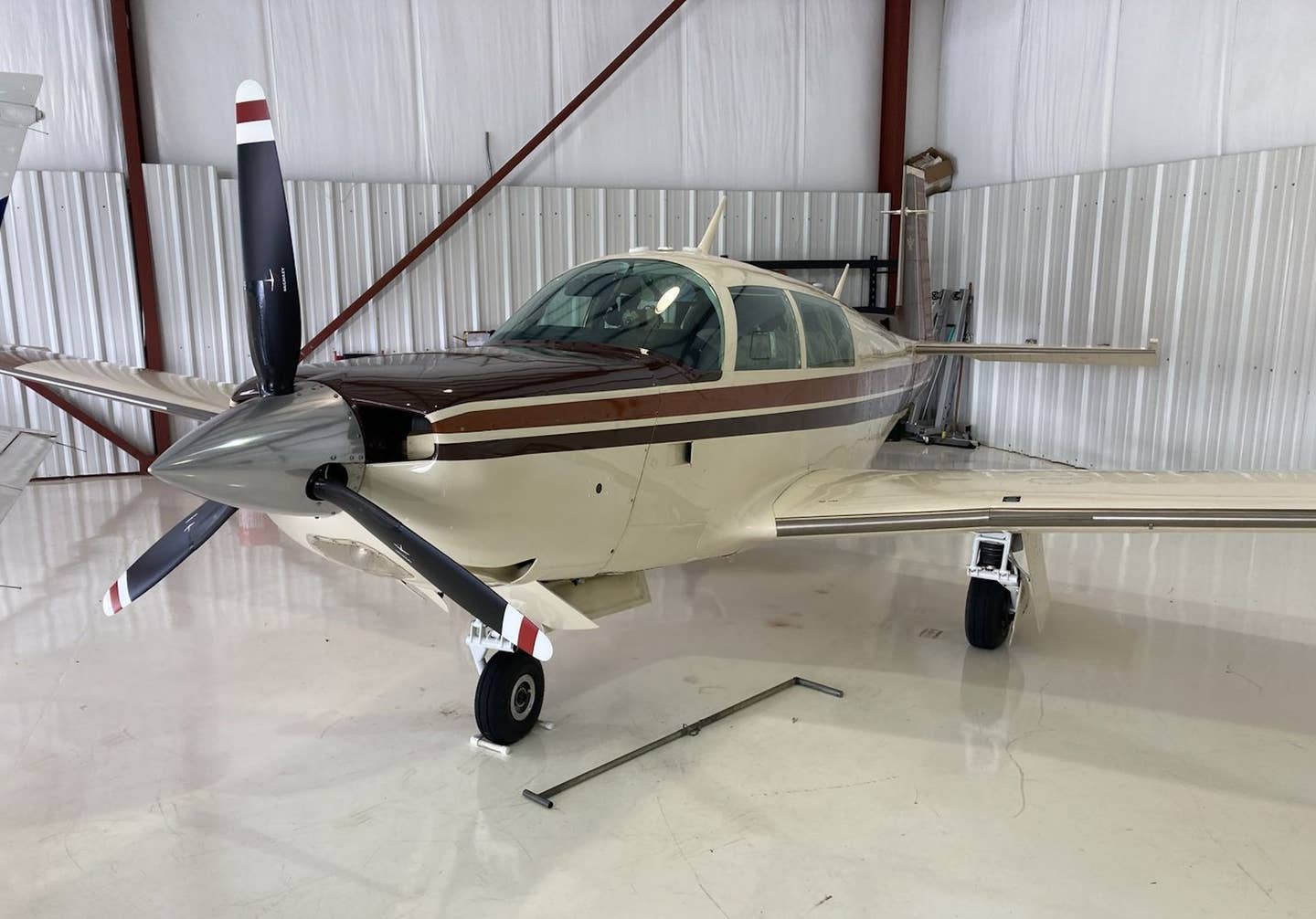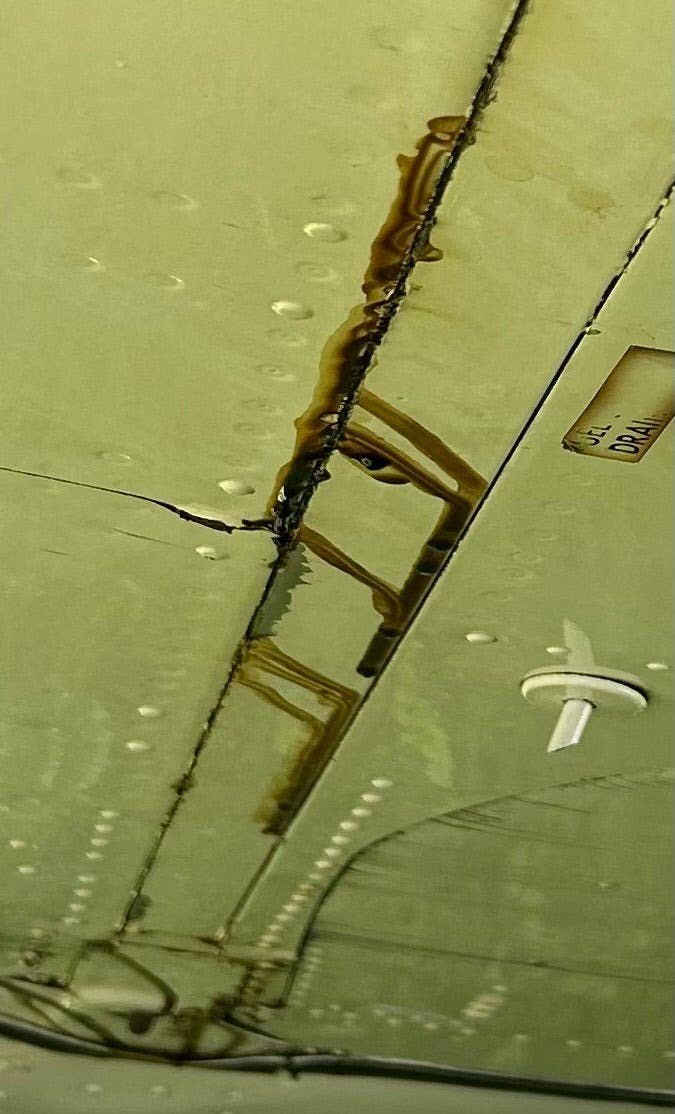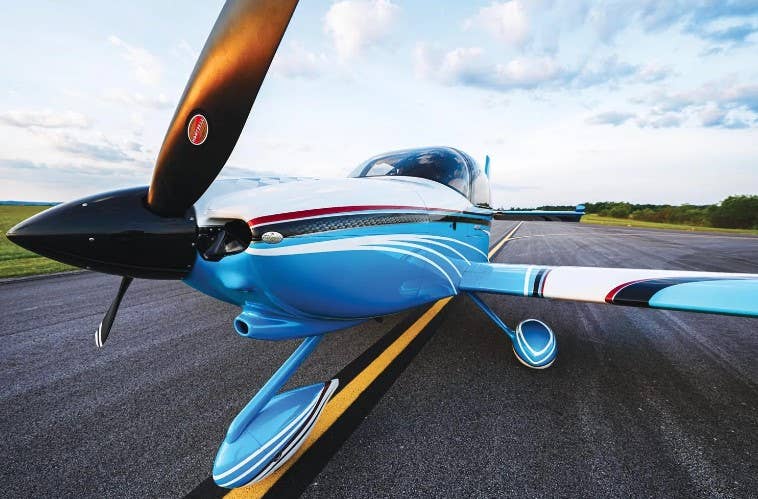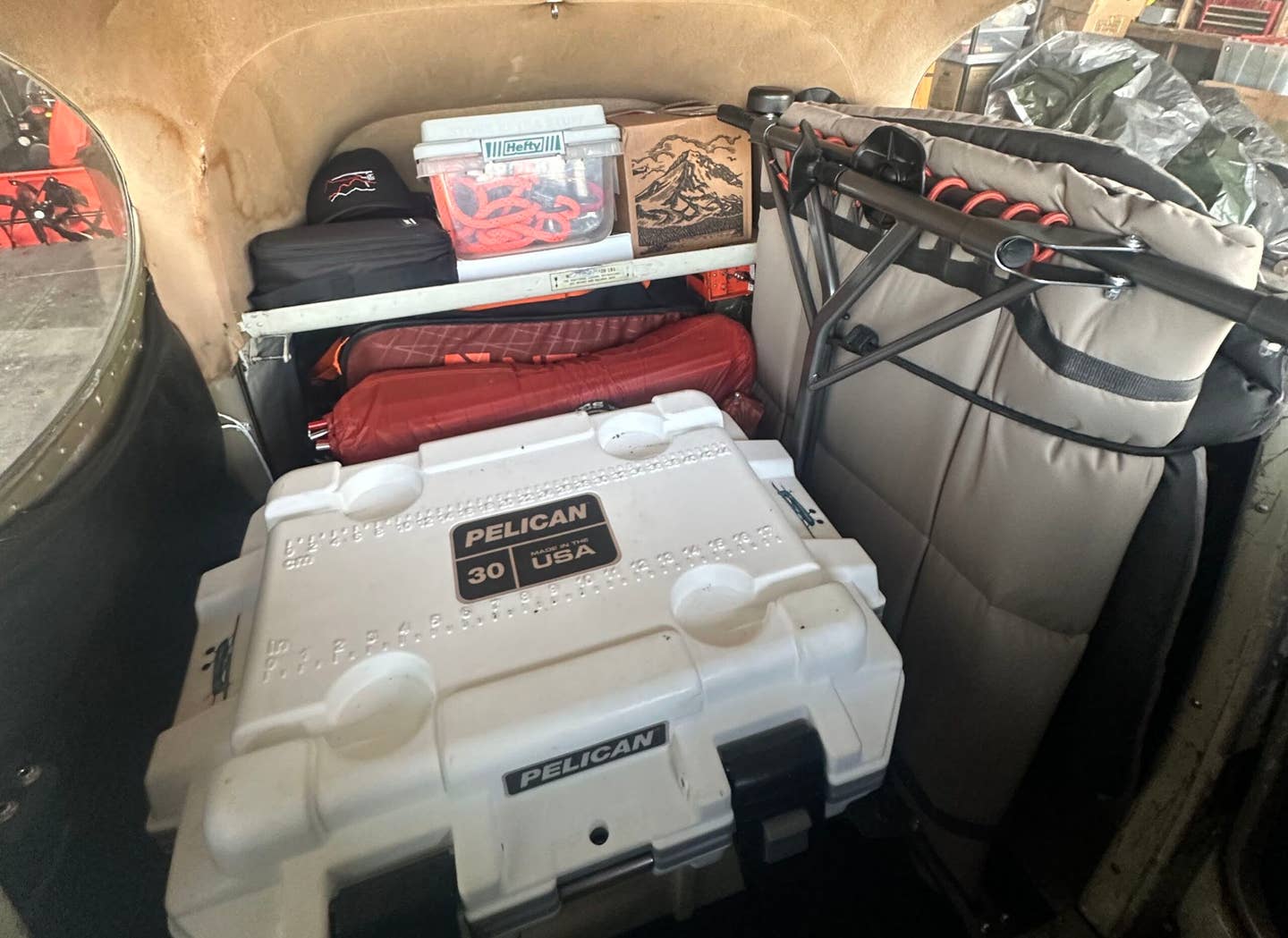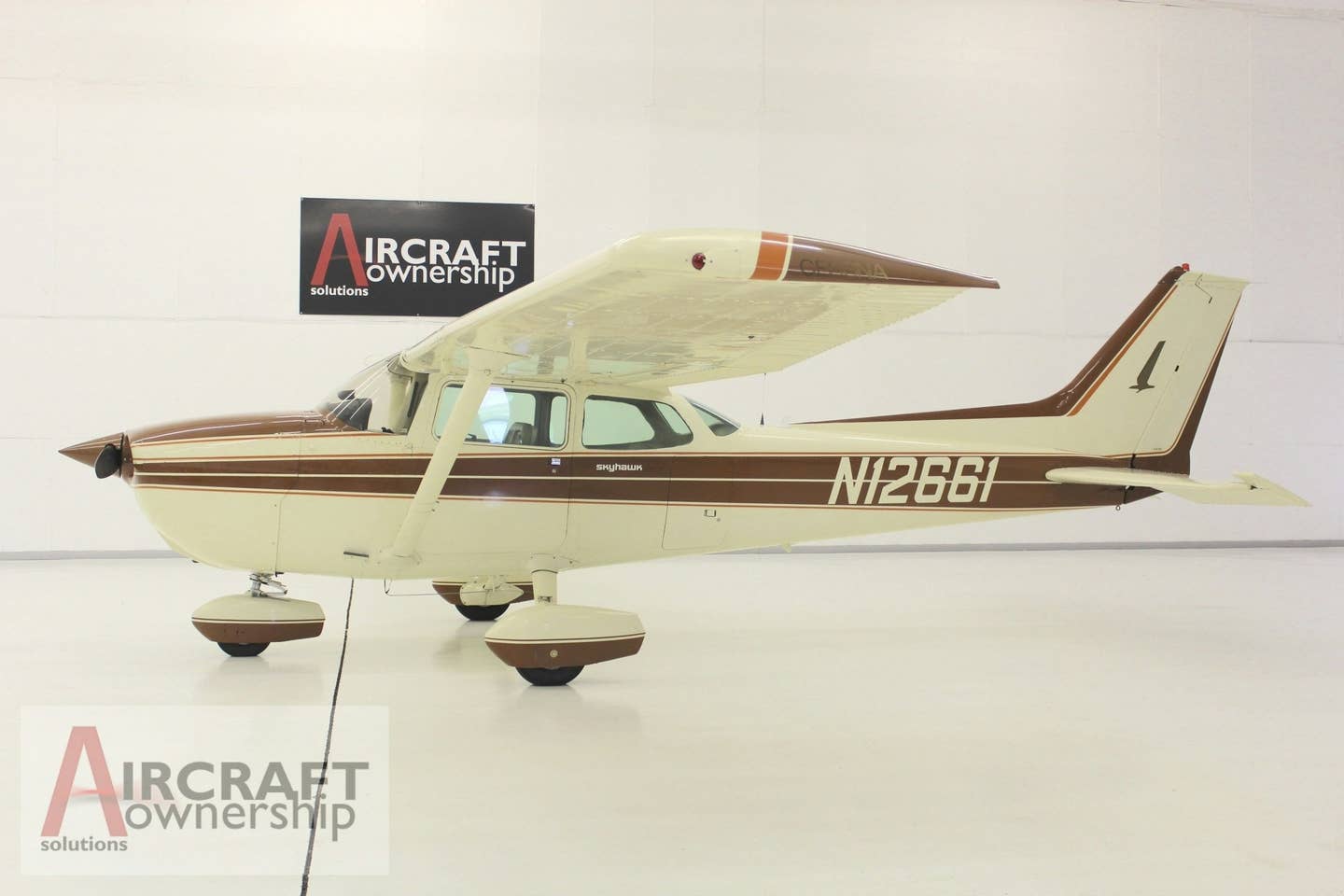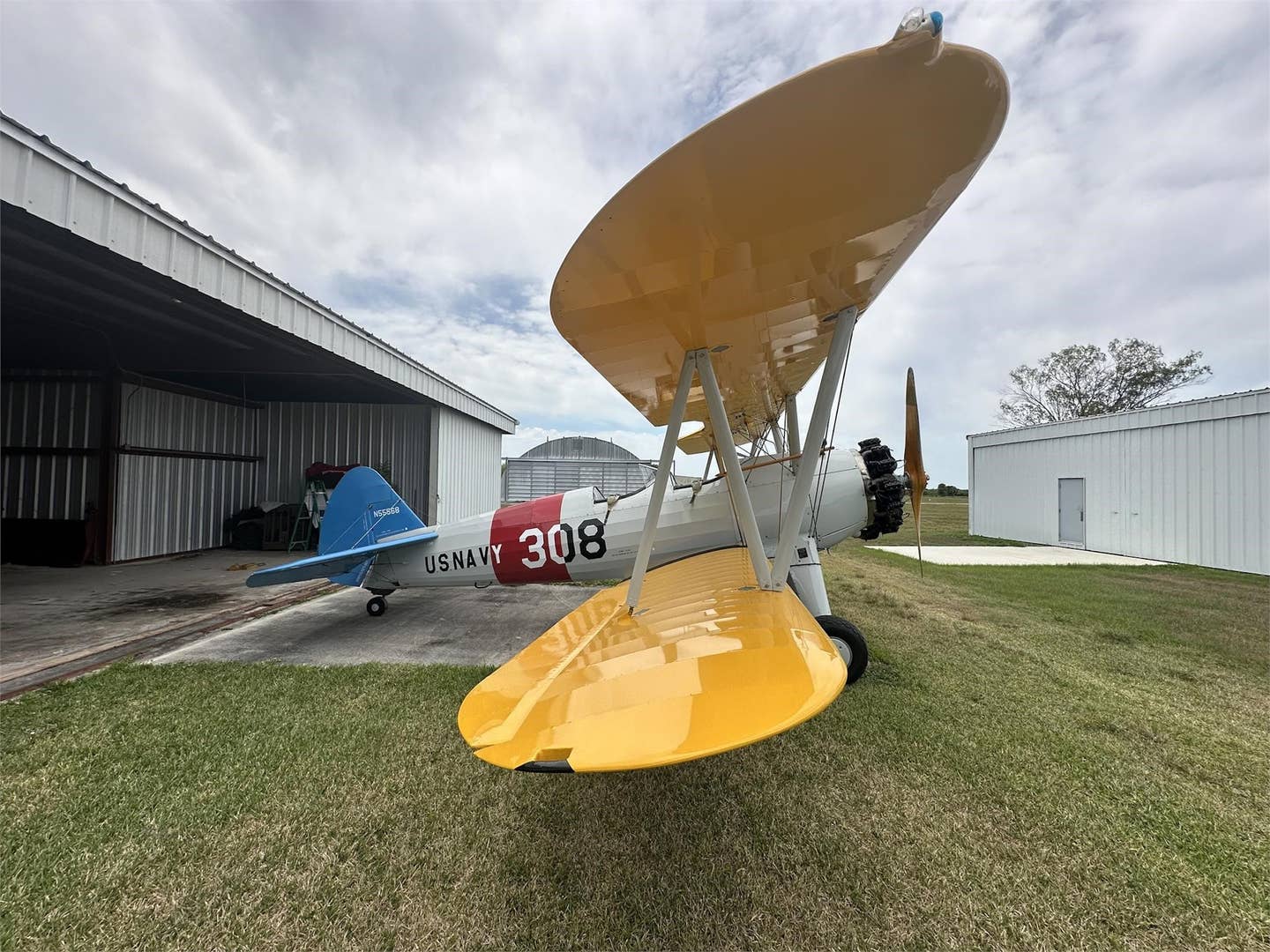A Hot and High Market
The resiliency of the turbine-powered business and owner-flown aviation markets has defied the pains of a global pandemic.
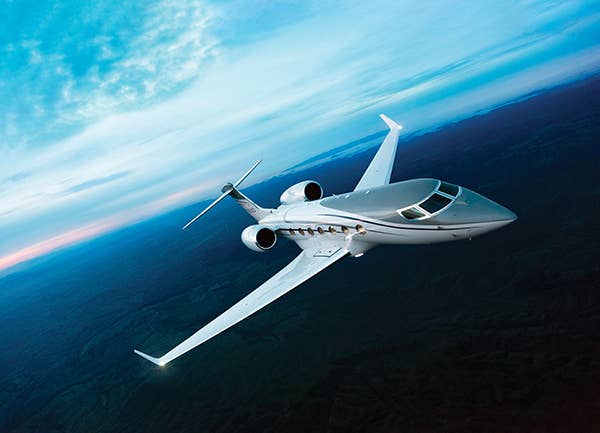
[Courtesy: Gulfstream]
Who knew that the dark clouds gathered by a global pandemic would have such a silver lining? Not that we would wish the past three years on anyone to live back through, but the resiliency of the turbine-powered business and owner-flown aviation markets has defied the pains of workforce fluctuations and supply chain disruptions.
Case in point: Bombardier. Though the Montreal-based company has contracted over the past five years through divestment of its Q400 and de Havilland product lines and shifted its focus away from commercial aviation, it appears to be coming through all right, having made sound decisions. The first delivery of the Challenger 3500 took place in September 2022, going to launch customer Les Goldberg, chairman and CEO of Entertainment Technology Partners. “As a previous owner of a Challenger 350 business jet, I can say with confidence that Bombardier has hit all the right notes in creating a next-generation aircraft," Goldbergsays. "The cabin interior is spectacular, and I appreciate the added comfort and productivity that these new features will bring to our worldwide travels."
According to the latest projection by Bombardier CEO Éric Martel, the company is taking advantage of the continued attractiveness of business aviation through Q3 2022 to both private individuals and corporations looking to avoid the squeeze of airline travel. In fact, the company expects to deliver more than 120 units by the end of the year.
The 3500 is distinguished by its auto throttle system—which received approval under TransportCanada in April—and the fact that Bombardier has published an Environmental Product Declaration for the model, making it the first of the super midsize jets to launch with this transparent life-cycle impact state-ment that outlines its projected potential for smog creation, ozone depletion, and water pollution.
Those key drivers—the pivot to business and personal travel by private aviation, the focus on sustainability, and the targeting of niche segments within the turbine market—are reflected in the owner-flown turbine segment as well.
Owner-Flown Mounts
Historically low interest rates recently have seen upward pressure, and those rising mortgage rates will surely slow the market as access to capital wanes. At press time, the federal funds rate bumped up to 3.25 percent, with an anticipated rise to up to 4 or 4.25 percent at meetings in November and December, according to kiplinger.com.
But Jim Blessing, president of AirFleet Capital—which writes loans on all models of owner-flown aircraft from pistons to jets—hasn’t seen the needle move just yet, though he admits it could change at any point. “It’s been a wild ride,” Blessing says. “Activity levels are still a little ahead of what they were in 2018,” even considering the interest rate cuts ahead of the COVID-19 crisis.
Though Blessing says that AirFleet’s activity overall is transitioning back to “more normal levels,” with fewer new transactions and more refinancing, there’s still a bright horizon. New aircraft make up 30 percent of AirFleet’s annual volume, and Blessing reports those activity levels are “a bit higher this year [in 2022]. Are interest rates going to upset buying habits?” Hard to tell, but Blessing says there is still ample cash out there earmarked for aircraft purchases. “Our biggest competitor [as a loan underwriter] is a cash buyer.”
If you want a new turbine mount, in most cases you’ll need to negotiate a substantial waiting list. Manufacturers, such as Textron Aviation, Pilatus, and Gulfstream, all register backlogs into 2024 or later—a point reflected in Blessing’s assessment: “We’re not seeing any inventory on the OEM side. Cancellations are an opportunity for the OEM,” allowing them to accommodate a new buyer at a better price than the one previously negotiated when material and workforce costs were lower.
What does this mean for the pilot or flight department that wants a new jet for the fleet, or to enter business aircraft ownership for the first time? You have a wide range of exciting platforms with incredible long-range, high-speed performance—and a “greener” signature—but you might have to plan carefully in order to secure one on your preferred timeline.
Fractional Fleet Updates
Another part of the jet market that has benefited from the continued development of niche turbine mounts are fractional jet operations. Volato, based in Atlanta, Georgia, recently announced that it would expand from its current fleet of 11 HondaJet Elites to add the Gulfstream G280. The company placed an order for four units in September.
With these incoming aircraft, Volato said it would be able to expand its business model to serve a wider share of the market. “When we launched Volato, our strategy was to initially target the largest segment of the market that was not being directly addressed: short-haul flights with only a few passengers,” Volato CEO Matt Liotta says.
“From listening to our customers’ needs and recognizing that our innovative business model is not just limited to light jets, we are excited to expand our model to larger aircraft,” Liotta adds. “This would also ensure that existing HondaJet customers would be able to fly their edge case missions that are farther or with more passengers.” The jump from six seats to the 10-passenger configuration in the G280 allows for that growth, making it the first company to operate the super midsized jet in a fractional model.
AIRCRAFT MAKE/MODEL | MFG BASE PRICE | ENGINE | SEATS | MAX TAKEOFF WEIGHT | FULL FUEL PAYLOAD | FUEL BURN | MAX SPEED | NBAA IFR RANGE | STALL/VREF SPD | TAKEOFF FIELD LENGTH | LANDING DISTANCE |
| Bombardier Challenger 3500 | $26.7 million | 2 x Honeywell HTF7350 | up to 10 | 40,600 lb. | 1,800 lb. | NA | 0.83 Mach | 3,400 nm | NA | 4,835 ft. | 2,308 ft. |
| Bombardier Challenger 650 | $32.4 million | 2 x General Electric CF34-3B MTO | up to 12 | 48,200 lb. | 1,150 lb. | NA | 0.85 Mach | 4,000 nm | NA | 5,640 ft. | 2,402 ft. |
| Bombardier Global 5500 | $46 million | 2 x Rolls-Royce Pearl 15 | up to 16 | 92,500 lb. | 2,639 lb. | NA | 0.90 Mach | 5,900 nm | NA | 5,340 ft. | 2,207 ft. |
| Bombardier Global 6500 | $56 million | 2 x Rolls-Royce Pearl 15 | up to 17 | 99,500 lb. | 2,470 lb. | NA | 0.90 Mach | 6,600 nm | NA | 6,145 ft. | 2,236 ft. |
| Bombardier Global 7500 | $75 million | 2 x General Electric Passport | up to 19 | 114,850 lb. | 1,890 lb. | NA | 0.925 Mach | 7,700 nm | NA | 5,760 ft. | 2,237 ft. |
| Cessna Citation M2 Gen2 | $5.855 million | 2 x Williams FJ44-1AP-21 | 7 | 10,700 lb. | 514 lb. | 830 pph | 404 ktas | 1,550 nm | 83 kias | 3,210 ft. | 2,590 ft. |
| Cessna Citation CJ4 Gen2 | $11.290 million | 2 x Williams FJ44-4A | 10 | 17,110 lb. | 1,122 lb. | 1,299 pph | 451 ktas | 2,165 nm | 86 kias | 3,410 ft. | 2,940 ft. |
| Cessna Citation Latitude | $19.305 million | 2 x Pratt & Whitney PW306D1 | 9 | 30,800 lb. | 1,000 lb. | 1,770 pph | 446 ktas | 2,700 nm | NA | 3,580 ft. | 2,480 ft. |
| Cessna Citation Longitude | $29.965 million | 2 x Honeywell HTF7700L | 12 | 39,500 lb. | 1,600 lb. | 1,810 pph | 483 ktas | 3,500 nm | NA | 4,810 ft. | 3,170 ft. |
| Cirrus Vision Jet G2+ | $2.98 million | 1 x Williams FJ33-5A | 7 | 6,000 lb. | 1,400 lb. mx pyld | 442 pph | 311 ktas | 1,275 nm | 60 kcas | 2,036 ft. | 1,628 ft. ground roll |
| Dassault Falcon 7X | $53.8 million | 3 x Pratt & Whitney PW307A | 12 - 16 | 70,000 lb. | 6,000 lb. mx pyld | 2,210 pph | 0.90 Mach | 5,950 nm | 104 kias (VREF) | 5,710 ft. balanced field | 2,070 ft. |
| Dassault Falcon 8X | $62.5 million | 3 x Pratt & Whitney PW307D | 12 - 16 | 73,000 lb. | 4,900 lb. mx pyld | 2,240 pph | 0.90 Mach | 6,450 nm | 107 kias (VREF) | 5,880 ft. balanced field | 3,705 ft. over 50-ft. obs |
| Embraer Phenom 100EV | $4.495 million | 2 x Pratt & Whitney PW617F1-E | 6 or 8 | 10,703 lb. | 647 lb. mx pyld | 88 gph | 406 ktas | 1,178 nm | 95 ktas | 3,190 ft. | 2,473 ft. |
| Embraer Phenom 300E | $10.295 million | 2 x Pratt & Whitney PW535E1 | 8 or 11 | 18,552 lb. | 1,586 lb. mx pyld | 124 gph | 464 ktas | 2,010 nm | 103 ktas | 3,209 ft. | 2,212 ft. |
| Embraer Praetor 500 | $17.995 million | 2 x Honeywell HTF7500E | 2 + 9 | 37,567 lb. | 1,610 lb. mx pyld | 214 gph | 466 ktas | 3,340 nm | 101 ktas | 4,222 ft. | 2,212 ft. |
| Embraer Praetor 600 | $21.495 million | 2 x Honeywell HTF7500E | 2 + 12 | 42,858 lb. | 2,194 lb. mx pyld | 236 gph | 466 ktas | 4,018 nm | 104 ktas | 4,717 ft. | 2,165 ft. |
| Gulfstream G280 | $24.5 million | 2 x Honeywell HTF7250G | 8 - 10 + 2 | 39,600 lb. | 4,050 lb. mx pyld | NA | 0.85 Mach | 3,600 nm | 115 kias (VREF) | 4,750 ft. | 2,365 ft. std config |
| Gulfstream G500 | $49.5 million | 2 x Pratt & Whitney PW814GA | up to 19 | 79,600 lb. | 5,250 lb. mx pyld | NA | 0.925 Mach | 5,300 nm | 117 kias (VREF) | 5,300 ft. | 2,645 ft. std config |
| Gulfstream G600 | $59.5 million | 2 x Pratt & Whitney PW815GA | up to 19 | 94,600 lb. | 6,540 lb. mx pyld | NA | 0.925 Mach | 6,600 nm | 109 kias (VREF) | 5,700 ft. | 2,365 ft. std config |
| HondaJet Elite S | $6.5 million | 2 x GE Honda HF120 | 1 + 5/7 | 10,900 lb. | 883 lb. | 638 pph/392 ktas/FL430 | 422 ktas | 1,437 nm | 108 ktas | 3,639 ft. MTOW | 2,867 ft. 4 pax/NBAA |
| Pilatus PC-24 | $11.05 million | 2 x Williams FJ44-4A | 1 + 11 | 18,300 lb. | 715 lb. | 159 gph | 438 ktas | 2,129 nm | 82 kias | 2,930 ft. over 50-ft. obs | 2,120 ft. over 50-ft. obs |

Subscribe to Our Newsletter
Get the latest FLYING stories delivered directly to your inbox

